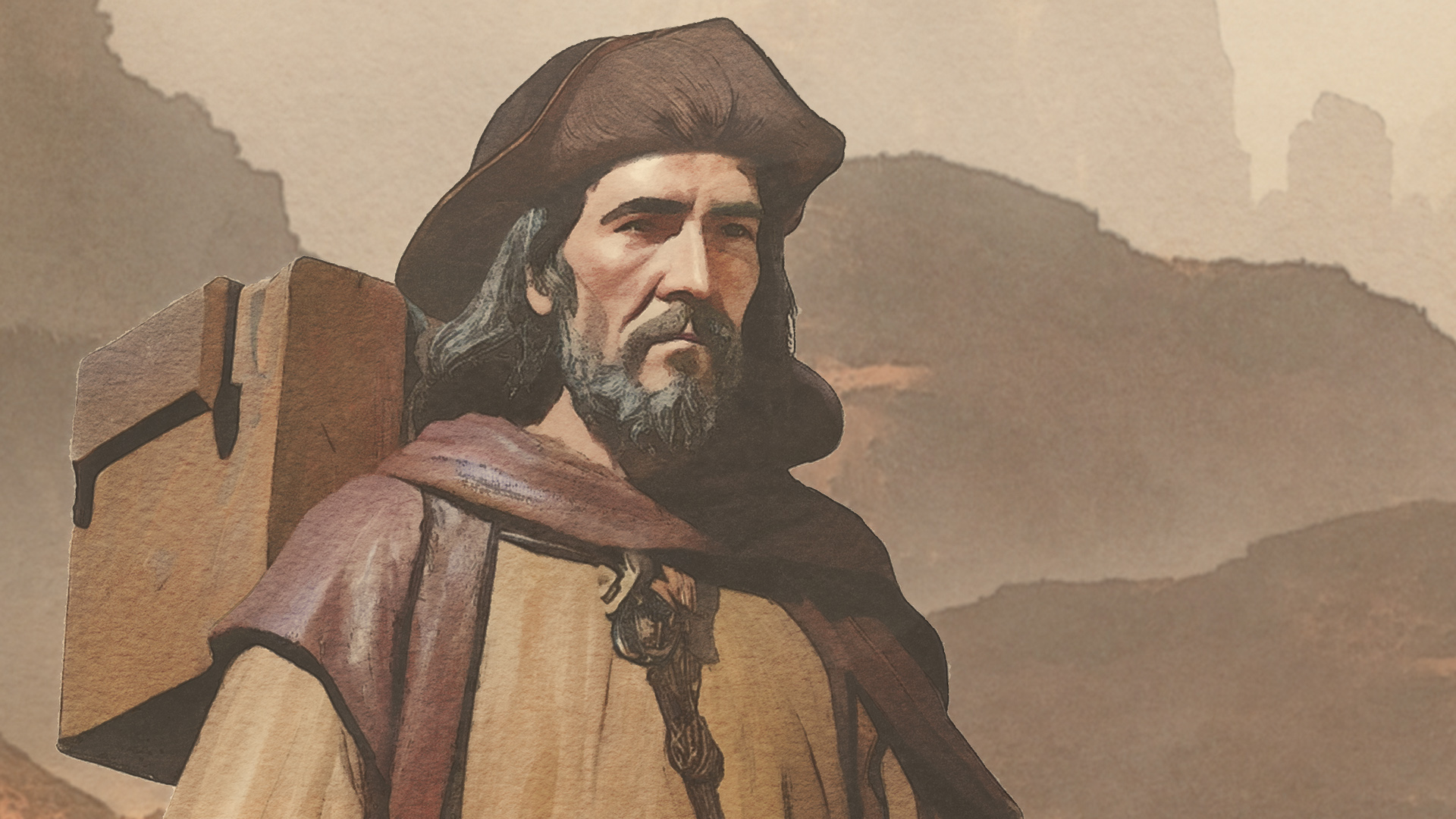Bento de Góis was a Jesuit priest from the Azores, known for having undertaken one of the greatest explorations in the history of humanity. Born in Vila Franca do Campo, São Miguel Island, in August 1562, he was the first European to travel the land route between India and China through Central Asia.
Baptised with the name Luís Gonçalves, he joined the military and was sent to India in 1583. During this period, he met the Jesuits of the Goa College and decided to join the Society of Jesus in 1584.
He went on mission to Persia, Arabia, Baluchistan, and Sri Lanka. He returned to Goa in 1588, when he changed his name to Bento de Góis. In 1602, he left in search of the legendary Grand Cataio, a kingdom where there were said to be Nestorian Christian communities. The journey covered more than six thousand kilometres, over a period of four years, and involved great natural obstacles and the crossing of hostile territories.
In early 1606, he arrived in Suzhou, a city in the province of Jiangsu, close to the Great Wall of China, proving that the Kingdom of Cataio and the Kingdom of China were one and the same, just as Marco Polo’s Khambalaik corresponded to the city of Beijing. Sick and with little means of subsistence, he died there, on 11th April 1607.
With a vast knowledge of Asian languages and customs, Bento de Góis recorded his journey in a diary, a document that was torn apart shortly before his death. His companions collected the fragments, which were later handed over to Father Matteo Ricci, who compiled and published the narrative of his journey.
Insufficiently evoked by history, Bento de Góis was honoured by his hometown, in 1907, as part of the commemorations of the three hundredth anniversary of his death, with the attribution of his name to the main square of Vila Franca do Campo, where there is also a statue in his honour, since 1962.
Bento de Góis
